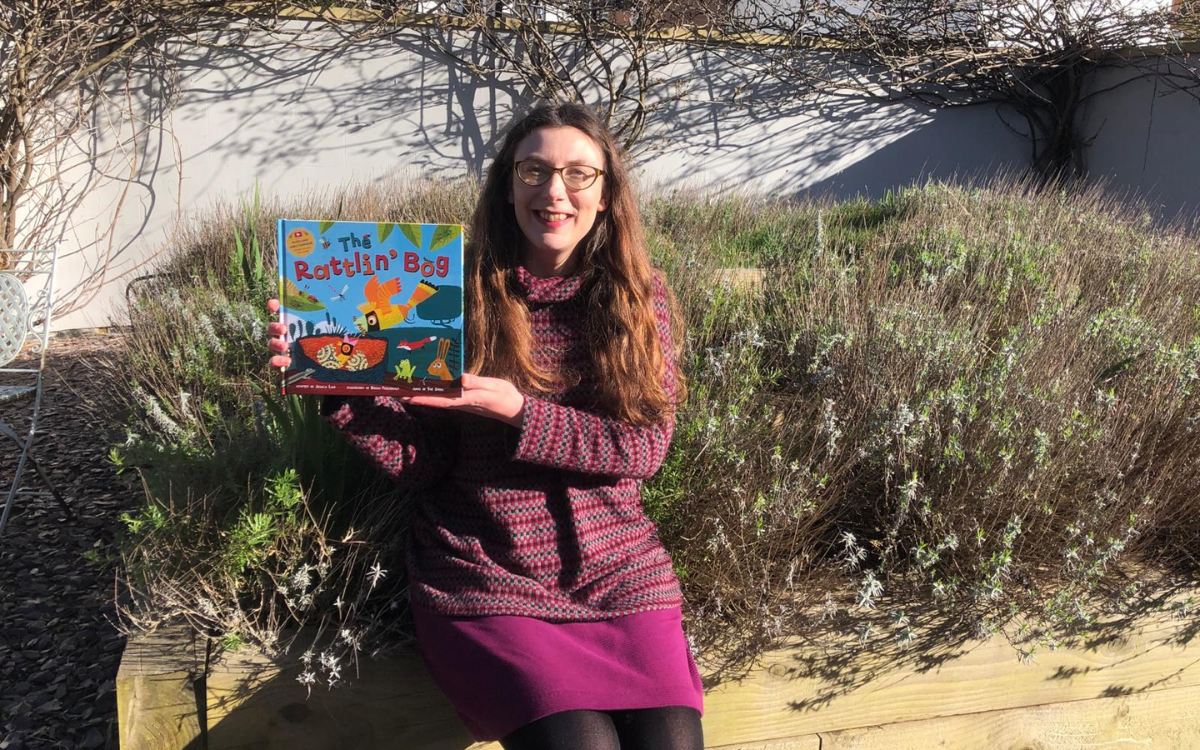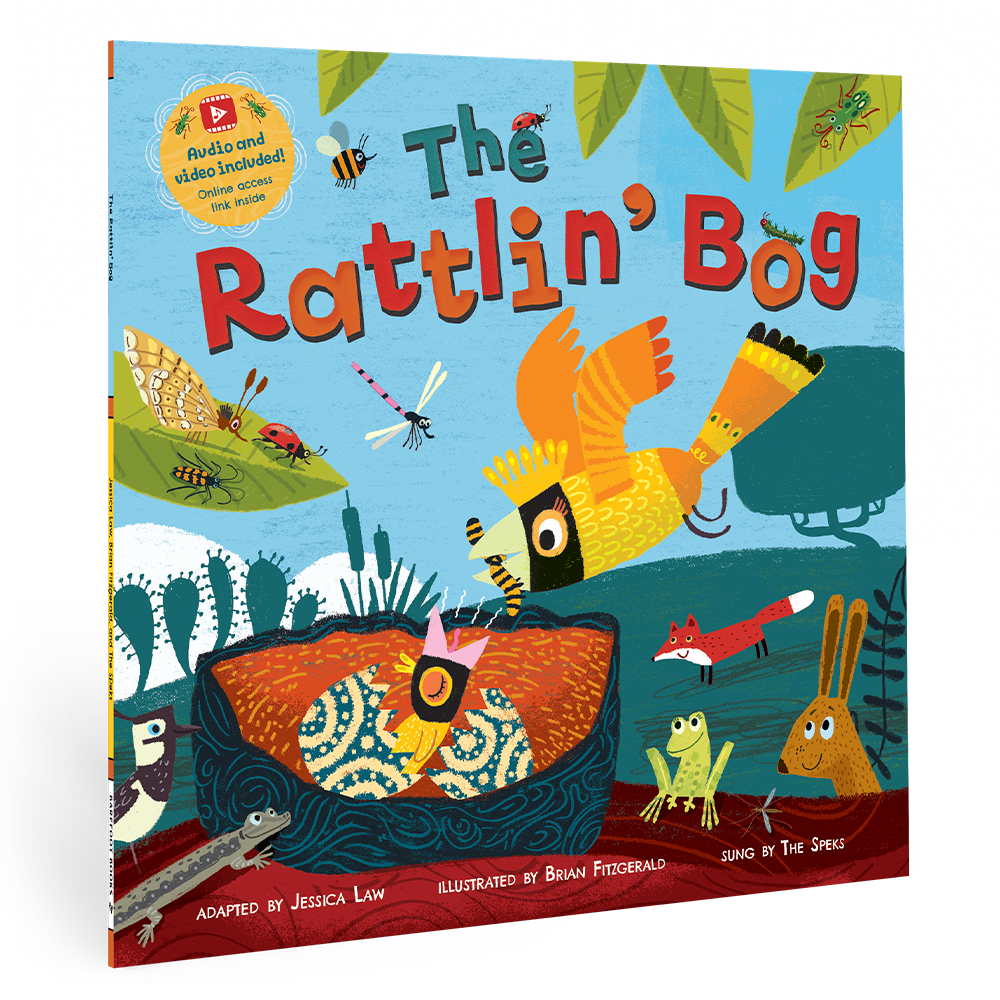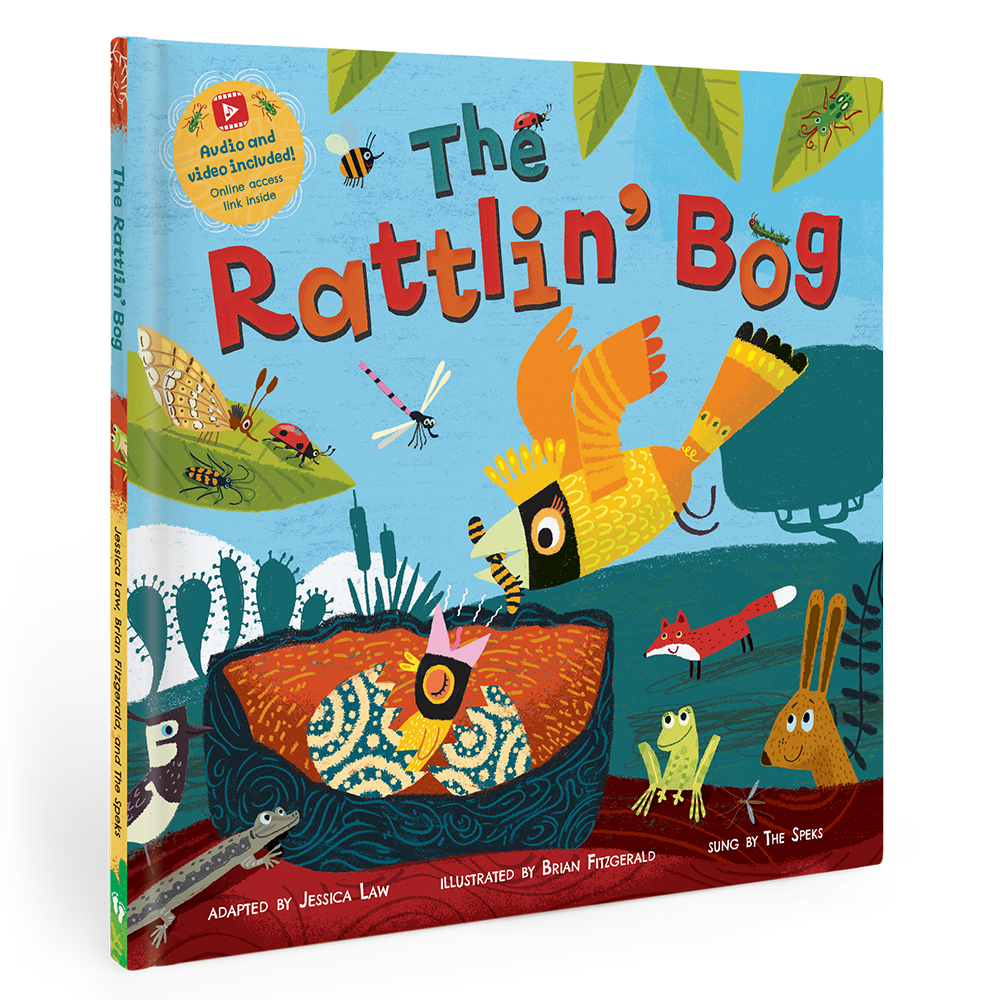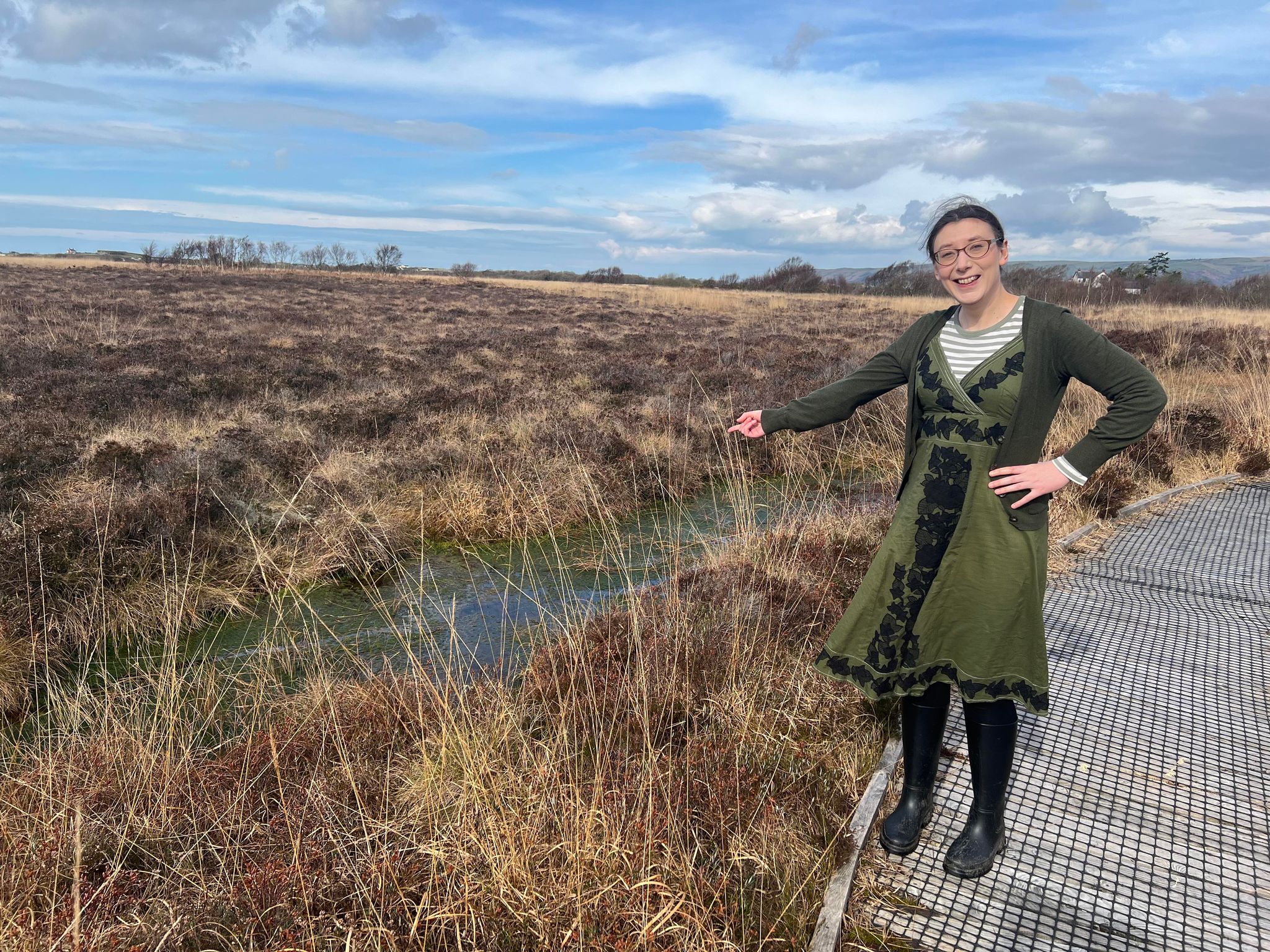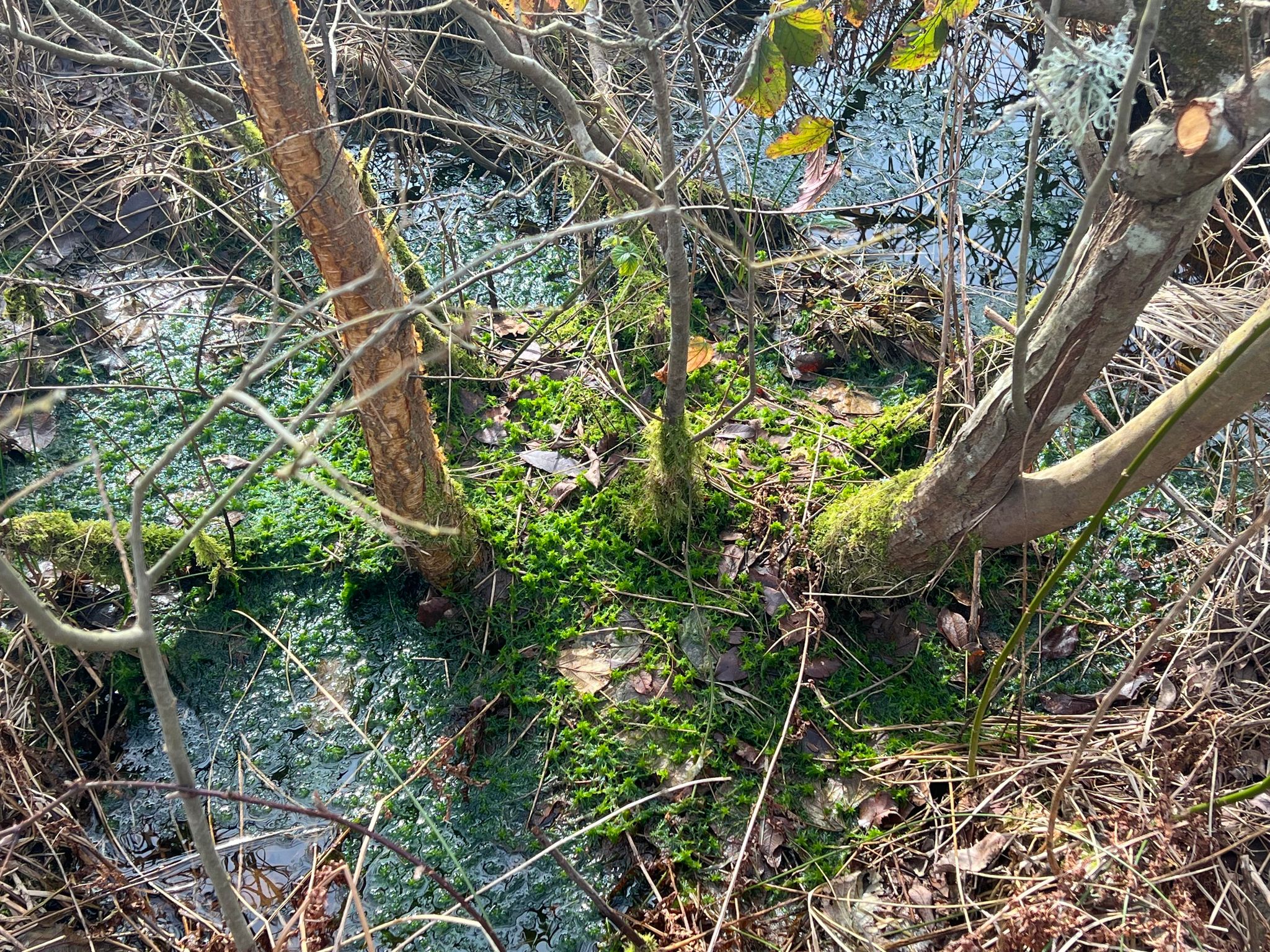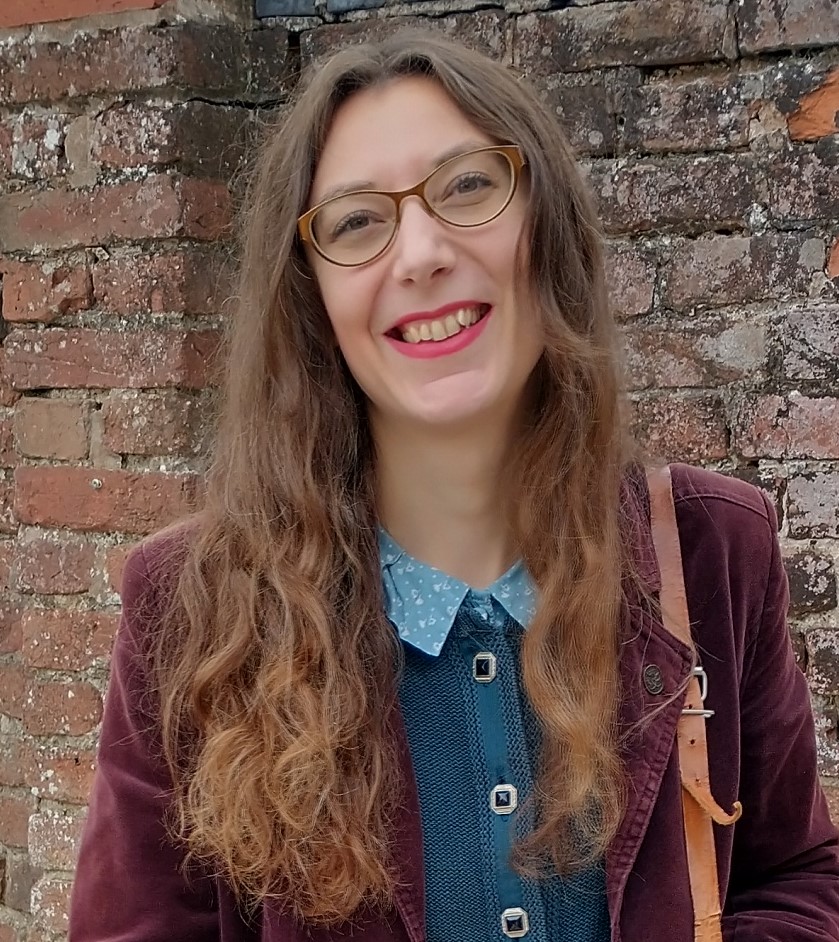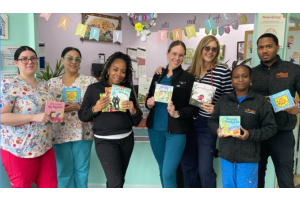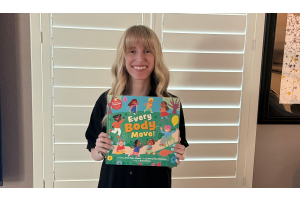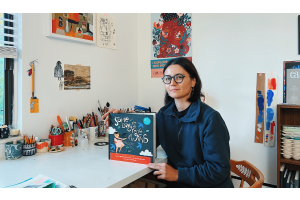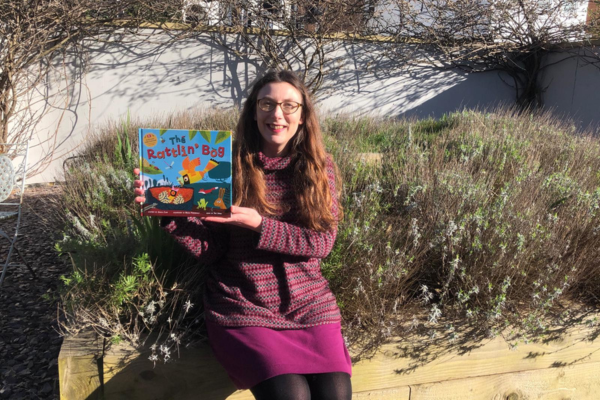
The rattlin’ place that inspired The Rattlin’ Bog
As a child, my friends and I loved to sing the Irish folk song “The Rattlin’ Bog” to while away long car journeys. “Rattlin’” is an Irish word for “great” or “brilliant”, and as an adult, I had the idea of adapting the song to show children just how great peat bogs really are.
That’s how my picture book The Rattlin’ Bog came about. With music by The Speks, Ireland's first traditional Irish music band for kids, my book explores an Irish peat bog where a rattlin’ tree contains a rattlin’ nest, which contains a rattlin’ egg, which contains a rattlin’ bird . . . all the way down to a seed of a brand-new rattlin’ tree.
Because of their flat, windswept appearance and waterlogged terrain, people often think of peat bogs as barren wastelands—places to be ignored and avoided or, worse, drained and converted to more “useful” purposes. But when we visited Cors Fochno peat bog on a recent holiday to Wales, we could tell that it was humming with life. Lizards and spiders scuttled out of our way as we walked around it, and waterfowl left little trails in the duckweed as they paddled through the brackish water.
The more we looked at it, the more it revealed its beauty: a muted mosaic of greens, reds and browns created by the incredible variety of Sphagnum mosses (16 species at Cors Fochno, including rare red and gold Sphagnum). Unlike in forests, the moss wasn't springy to the touch, but glutted with water like a sodden sponge. It's the moss that keeps peat bogs damp and helps them survive for thousands of years.
Cors Fochno is around 4,500 years old and is the last existing fragment of a much larger wetland. In recent decades, storms have uncovered the remains of a preserved prehistoric bog on nearby Borth beach, with ancient, otherworldly tree trunks pushing out of a hardened layer of peat. In 2014, the remains of an ancient walkway were found, proving that the bog must have had significance to humans even in prehistoric times.
They’re even more useful to us today. As layers of dead plants pack down on top of each other over the centuries, huge amounts of carbon are stored underground. In fact, peat bogs store twice as much carbon as all the world's forests, making them an incredibly effective ally in the fight against climate change. Some amazing archaeological finds also got preserved along the way, helping us to build a better picture of those who came before us.
Children today are spending less time in nature than any previous generation. And if they aren’t aware of nature, they’re less likely to want to protect it. I hope that my book The Rattlin’ Bog inspires children to be proud of their natural heritage and to safeguard the amazing flora and fauna that call peat bogs home – for nature’s benefit, and for ours.
By showing the ways in which a peat bog can support a thriving variety of life, from hatching birds to growing trees, I hope to dispel the “barren wasteland” stereotype once and for all.
— Jessica Law
About the Author
After graduating from Oxford University with a degree in Biological Sciences, Jessica Law has worked in community education and science communication, including several years writing for the nature conservation charity BirdLife International.
Jessica is also a folk singer-songwriter with several studio albums to her name. She now lives in Cheltenham Spa, England.



